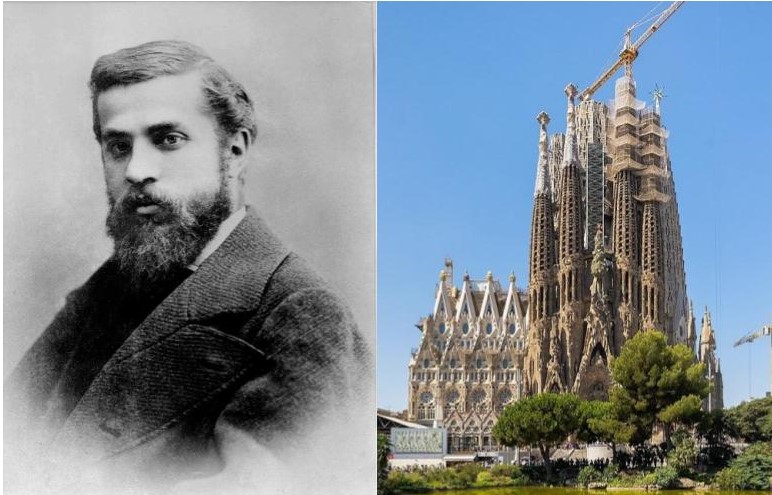Antoni Gaudi is considered the most significant Spanish architect and the most eminent exponent of Catalan Modernism in the late 19th century and early 20th century. Barcelona City is elegantly enfolded with Antoni Gaudi’s architectural beauties in the heart of Spanish life as their cultural essence. Mathematical aspects are the significant elements of Gaudi’s architectural structures, inspired by nature, religion, and geometry and pleasing the viewers.
Antoni Gaudí sued his clients , for payment related to the construction of Casa Milà (also known as La Pedrera) and he won the case. The owners, the Milà family, had to mortgage the house to pay him the 105,000 pesetas they were sentenced to pay. Gaudí, however, donated the money to charity, specifically to a Jesuit priest for good works.
Architecture, Religion, Nature
For Gaudi, architecture is a blend of nature and religion in a compositional unity. Gaudi’s architectural structures use ceramics, stained glass, wrought ironwork forging and carpentry, and he brought new techniques for treating materials. Some scholars argue that Gaudi integrated mathematical elements into his design. In the late 19th and early 20th centuries, Gaudi’s style blended with oriental types of architectural gestures, and he used a pinnacled organic technique inspired by natural forms. Gaudi is considered the originator of creating three-dimensional scale models for architectural designs. Gaudi, as we know about his Catholic faith expressed in his architectural designs, named him ‘God’s Architect’.
Sagrada Família
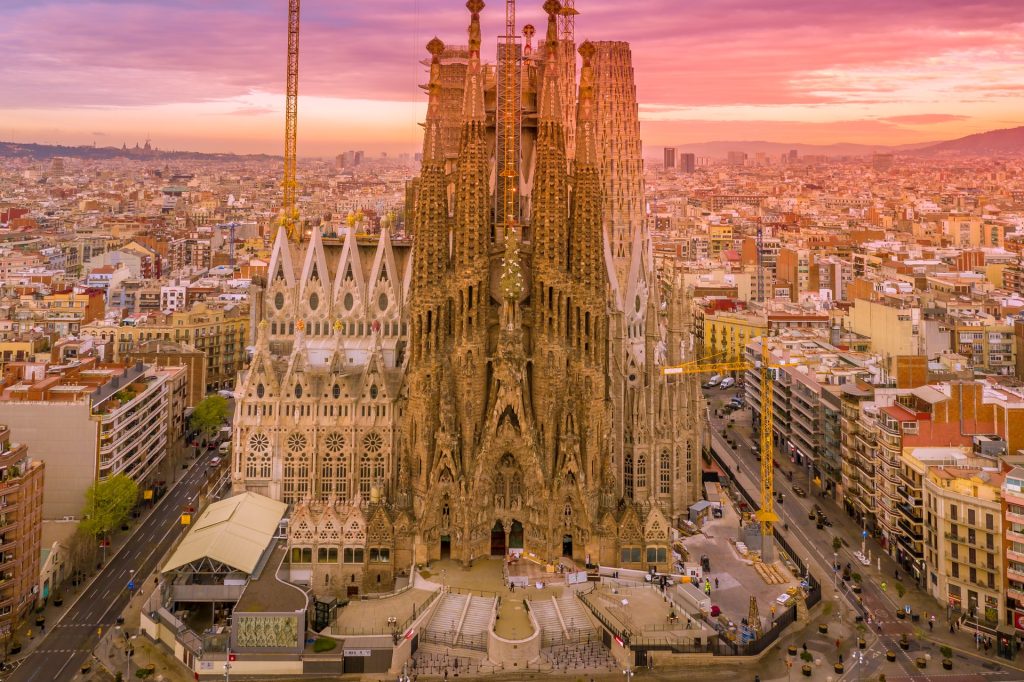
Antoni Gaudí’s fantastical unfinished basilica teems with symbolism and unexpected twists. / getyourguide.com
Sagrada Familia is one significant icon of Gaudi’s architectural beauty in Spain, called the world’s largest unfinished Catholic church. In 1882, the construction of Sagrada Church started under another architect, Paula Del Villar, and after the resignation of Villar in 1883, Gaudi took over as chief architect of this project. Under Gaudi, Sagrada became an exquisite combination of Gothic, Curviliner, and Art Nouveau forms and his architectural and engineering styles.
Sagrada Familia is one challenging project that challenged the architect and became a magnum opus of his creative career; Gaudi blended Neo-gothic style into Modernista. The biblical text’s visual form is this architectural beauty’s central theme. This 560-foot design, installed by structure and towered over by cranes, was designed as a praise to God, and the architect called ‘God’ as his client for this architecture. Like many other sculptors in Buddhism and Hindu religious thought, Gaudi believed the tribute to God through architectural beauty as prayer.
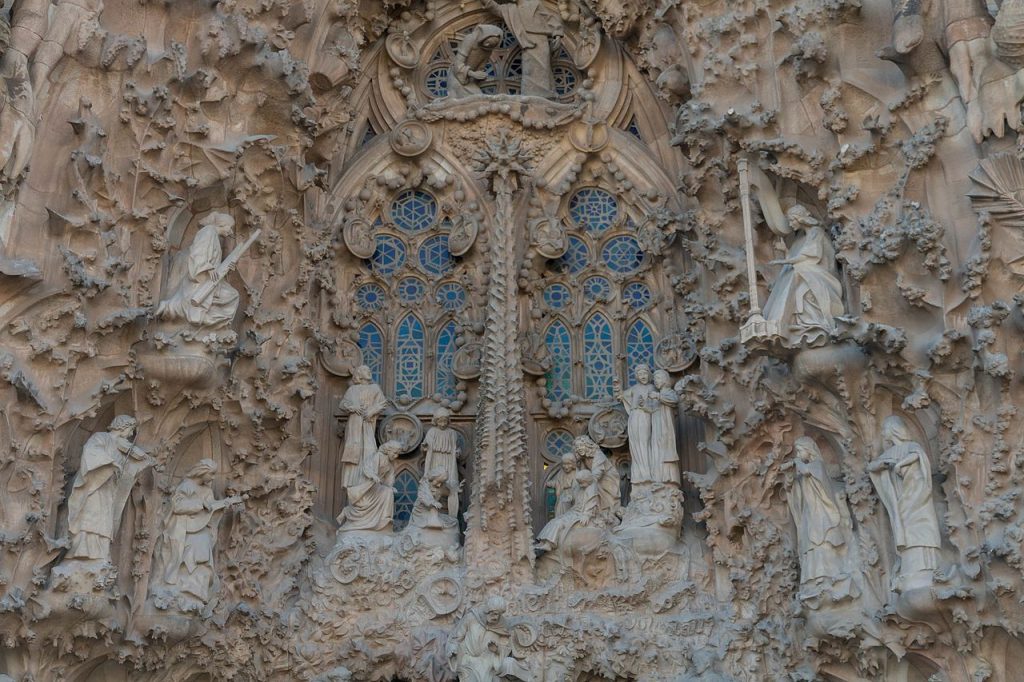
Why this church doesn’t finish is an enduring question of architecture and design. After the death of Gaudi, proceeding architects couldn’t manage the design and even the design concept burned in a wildfire. Some architects believe the church should continue to be built until it is finished. However, believers argue that it should be left unfinished, and as mentioned by the Spanish artist Salvador Dali, “I do not think that the Sagrada Familia can ever be completed, certainly not until a new genius appears… a genius capable of superimposing on Gaudi’s art a new architectonic concept and style that we cannot foresee today. It would be treason against Gaudi’s art to want to or pretend to be able to finish the Sagrada Familia by bureaucratic methods lacking the touch of genius. It is far better for the building to remain like a gigantic, decayed tooth full of possibilities.
Gaudi’s Thought on Architecture
The significant element of Gaudi’s thought is formed in Christian religious belief. Another aspect is Gaudi brings the defining factors of his visionary response to the shapes and types of architectural customs, which helps him to reach the point of transformation. As commented by Jeremy Roe in his about Gaudi, ‘through juxtaposition, transformation and reinvention, he would employ architectural motifs and styles in original and creative ways in his mature work. The School of Architecture provided an intellectual and ideological context for Gaudí to begin thinking along these lines in terms of the latest theories of architectural practice’.
Religious ideas and mathematical codes are implemented beautifully, and Gaudi always works with forms and themes as essential perspectives to understanding the evolution of Barcelona’s precise trademark of European modernism. As mentioned by Gaudi, ‘Men may be divided into two types: men of words and men of action. The first speak, the latter act. I am in the second group. I lack the means to express myself adequately. I would not be able to explain to anyone my artistic concepts. I have not concretised them. I have never had the time to reflect on them. My hours have been spent in my work.’
Art Nouveau Style and Gaudi
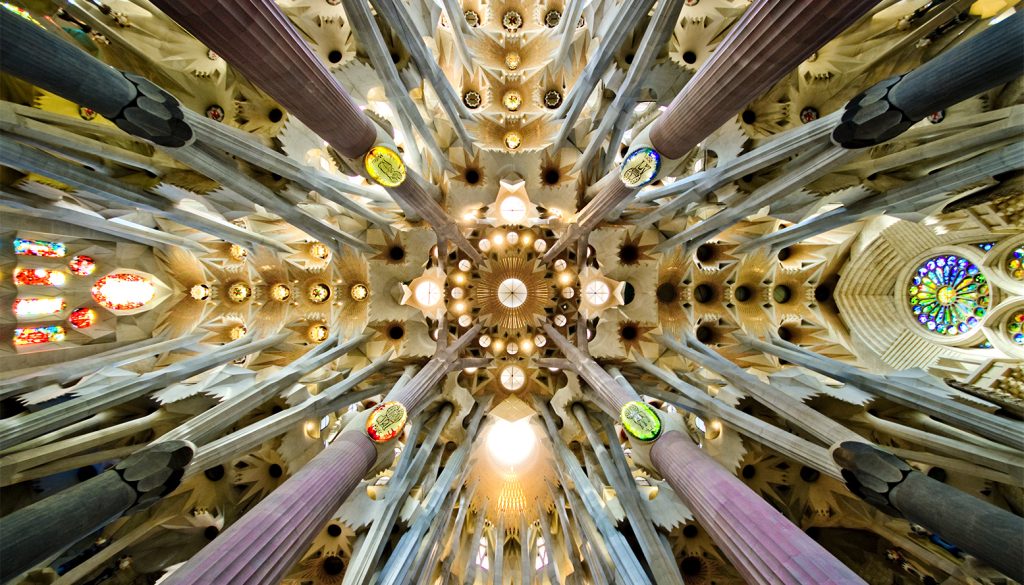
Art Nouveau is the style that blended Gaudi’s architectural form in the late 19th and early 20th century. The significant element of Art Nouveau is the powerful combination of art and nature. In architectural history, Gaudi is the best example of this powerful movement in the history of creative thought. Art Nouveau significantly impacted art and culture, such as artwork, sculpture, architecture, pottery, design and furniture. ‘Although there were many supporters and benefactors of Art Nouveau, only a select handful achieved the recognition and distinction of Antoni Gaudí, as argued by Osama Nasir.
Antoni Gaudi proved himself as a theoretician rather than an architect, and the philosophy of his works is visible as edify in the world. He never left any theoretical treatises or arguments. His arguments are monuments; delving into his hidden hypotheses based on his visual architectural features may satisfy our insight into the great figure’s probable beliefs.
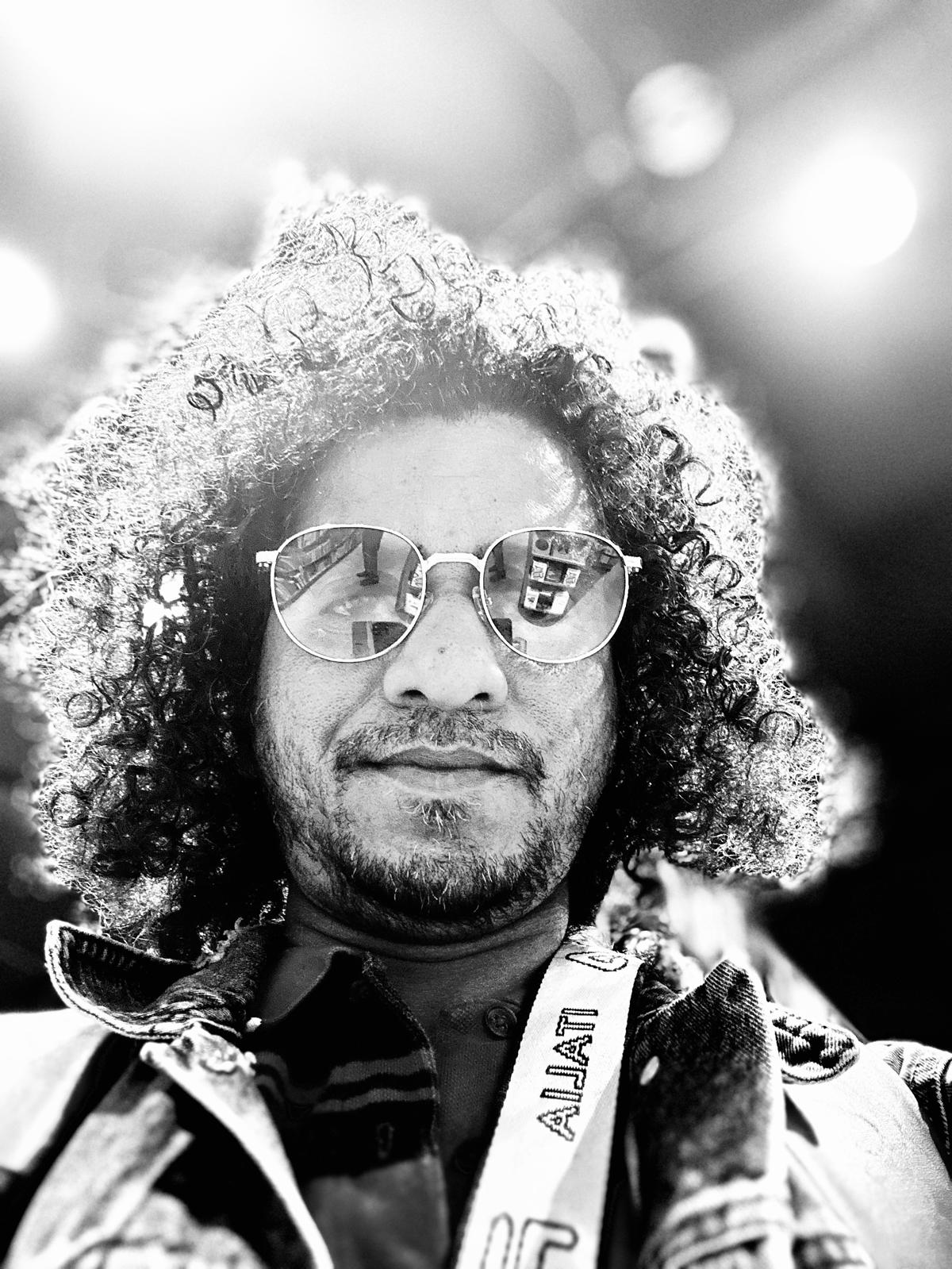
Krispin Joseph PX, a poet and journalist, completed an MFA in art history and visual studies at the University of Hyderabad and an MA in sociology and cultural anthropology from the Central European University, Vienna.

